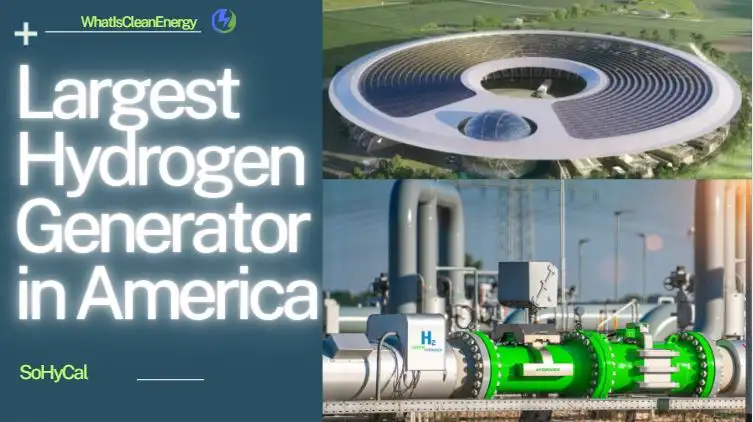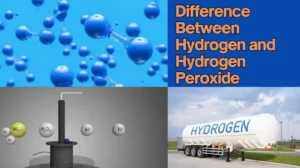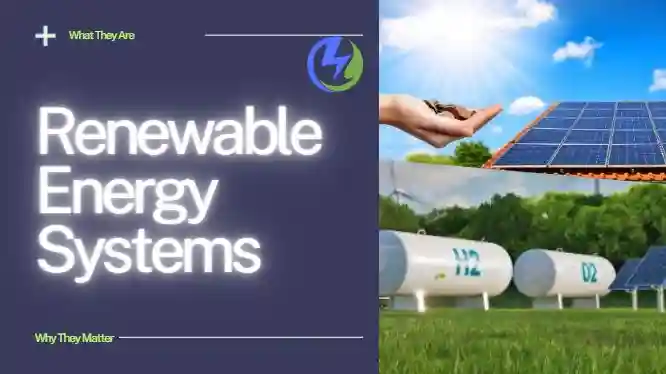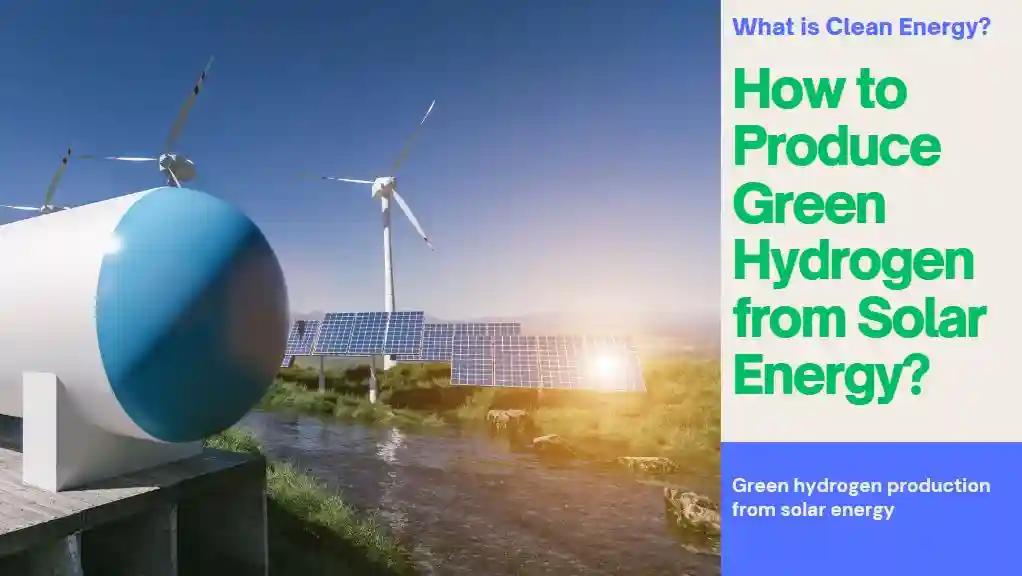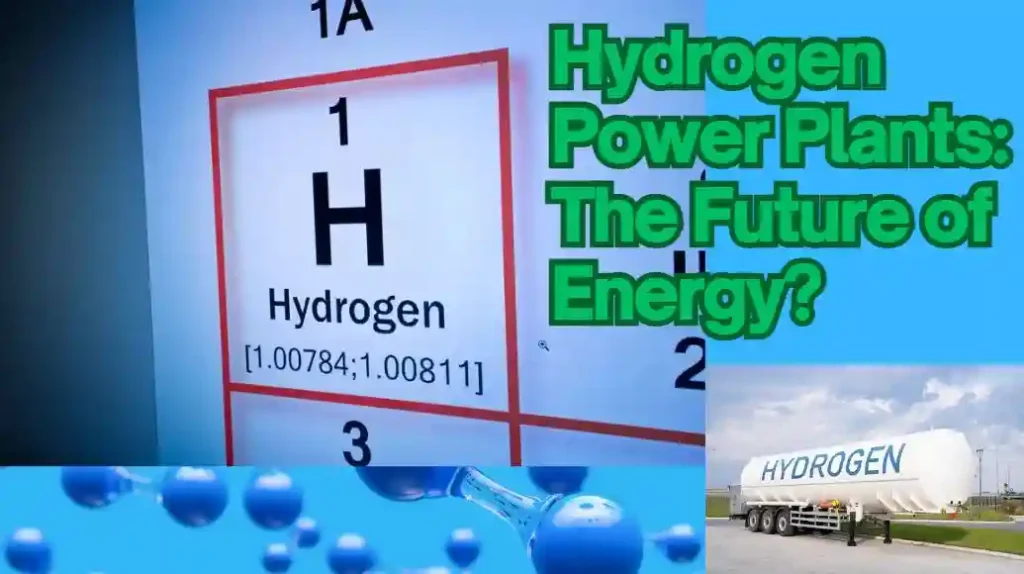In the search for cleaner energy, hydrogen has emerged as a promising solution. One of the most significant developments in this field is the SoHyCal project, which is the largest hydrogen generator in North America. Located in Fresno, California, this plant is a beacon of innovation and sustainability.
What is SoHyCal?
SoHyCal stands for Southern California Hydrogen. This plant is operated by H2B2 Electrolysis Technologies, a company dedicated to green hydrogen solutions. The plant uses renewable energy to produce hydrogen, which is a clean and efficient fuel.
How does the SoHyCal hydrogen plant work?
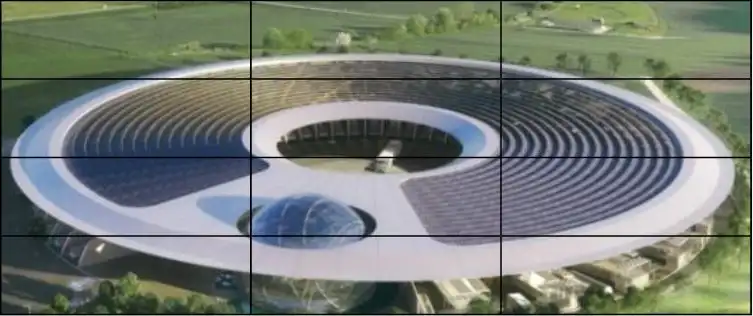
The SoHyCal plant uses a technology called proton exchange membrane (PEM) electrolysis. This process involves splitting water into hydrogen and oxygen using electricity. The electricity used in this process comes from renewable sources like solar power, making the hydrogen produced completely green.
The SoHyCal hydrogen plant, located in California’s Central Valley, is North America’s largest operational green hydrogen production facility. Let us look at how it works:
1. Electrolysis Process
The core technology used at SoHyCal is Proton Exchange Membrane (PEM) electrolysis. This process involves the following steps:
PEM Technology: The PEM electrolyzer uses a solid polymer electrolyte to conduct protons from the anode to the cathode while separating the gases produced.
Water Splitting: Water (H₂O) is split into hydrogen (H₂) and oxygen (O₂) using electricity.
2. Hydrogen Production
Phase 1: The plant produces up to one ton of green hydrogen per day using biogas.
Phase 2: By Q2 of 2024, the plant aims to produce up to three tons of green hydrogen per day using solar energy.
3. Environmental Impact
The hydrogen produced is 100% emission-free, significantly contributing to the reduction of carbon emissions. This green hydrogen is primarily used for transportation applications, such as fueling hydrogen refueling stations in the San Joaquin Valley and the San Francisco Bay Area.
4. Capacity and Usage
The plant’s full capacity will be able to fuel up to 210,000 cars or 30,000 city buses per year. This makes it a cornerstone in California’s commitment to clean and sustainable hydrogen fuel technologies.
Example: Powering a Car
Imagine you have a toy car that runs on batteries. Instead of batteries, you use hydrogen gas. The hydrogen goes into a fuel cell in the car, where it combines with oxygen from the air to produce electricity. This electricity powers the car’s motor, making it move. The only thing that comes out of the car’s exhaust is water vapor, which is just like steam from a kettle. This means no pollution!
Why the use of hydrogen as a fuel is important?
Using hydrogen as a fuel is important because it helps reduce pollution. Traditional fuels like gasoline and diesel produce harmful gases that contribute to climate change. Hydrogen, on the other hand, is clean and only produces water when used.
SoHyCal uses electricity to produce hydrogen gas from water. This hydrogen can then power vehicles and generate electricity without causing pollution. It’s a big step towards a cleaner and greener future!
Largest Hydrogen Generator in America
Production Capacity
In its initial phase, SoHyCal can produce up to one tonne of hydrogen per day using biogas. By mid-2024, the plant plans to complete its second phase, shift to solar energy, and increase its capacity to three tonnes per day. This amount of hydrogen can power up to 210,000 cars or 30,000 city buses annually.
Why is Hydrogen Important?
Hydrogen is a versatile fuel that can be used in various applications, from powering vehicles to generating electricity. It is especially important for reducing emissions in the transportation sector. Hydrogen fuel cells produce zero emissions, making them an excellent alternative to fossil fuels.
Environmental Impact
The SoHyCal project is a significant step towards reducing carbon emissions. By using renewable energy to produce hydrogen, the plant helps in cutting down the reliance on fossil fuels. This not only reduces greenhouse gas emissions but also improves air quality.
Economic Benefits
The project has received substantial funding, including a $3.96 million grant from the California Energy Commission. This funding supports the plant’s development and helps create jobs in the renewable energy sector. Additionally, the hydrogen produced can be used to fuel hydrogen refueling stations across California, further promoting the use of clean energy.
Future Prospects
The success of the SoHyCal project could pave the way for more hydrogen plants in the future. As technology advances and costs decrease, hydrogen could become a mainstream energy source. This would significantly contribute to global efforts to combat climate change and promote sustainable development.
Conclusion
The SoHyCal hydrogen plant is a groundbreaking project that showcases the potential of green hydrogen. By harnessing renewable energy, it provides a clean and efficient fuel that can help reduce emissions and promote sustainability. As we move towards a greener future, projects like SoHyCal will play a crucial role in shaping the energy landscape.

